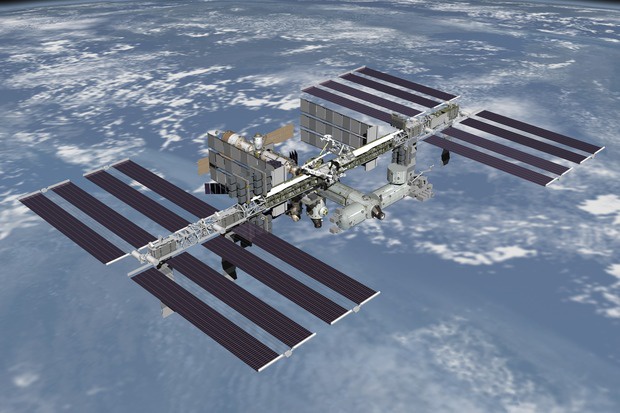Hewlett Packard Enterprise is preparing to send a supercomputer where no supercomputer has gone before — into orbit.
HPE and NASA have worked on what HPE calls the Spaceborne Computer for the better part of a year. It uses commercial off-the-shelf computer components, meaning it is a fairly generic supercomputer. It is decent, with HPE stating it is a 1 teraflop machine, but that would not get it near the Top 500 list.
The Spaceborne Computer is built on HPE’s Apollo 40 system, a high-density server racks that houses the compute, storage and networking in one case, much like a hyperconverged system. HPE Apollo is typically used for data analytics and high-performance computing (HPC).
It will be carried to the International Space Station aboard an August 14 flight by one of SpaceX’s Dragon rockets, which is sending supplies to the space station. The main goal of the system is to test how well an HPC system will handle the rigors of space travel, as well as perform some research on the space station.
Apparently, space is very tough on compute technology. Astronauts take ruggedised laptops with them, but they do not last very long due to abuse from radiation and solar flares because they do not have Earth’s atmosphere to shield them.
The Spaceborne Computer runs a specialised Linux operating system and uses a specially designed water-cooling system, but it has not been “ruggedised” to withstand solar radiation. Instead, it will be a sacrificial lamb to see how systems are impacted by the rigors of space, so engineers can address it in future systems.
Because of the toll taken on equipment, and due to the lack of space, most heavy computing work is done on Earth. Data is sent down from the International Space Station, crunched on Earth, and sent back. Given the distance to Earth’s orbit, that is not such a burden. But for a ship in orbit around Mars, that means a 20-minute transmission either way on top of the computing time.
So, by moving a supercomputer to the International Space Station, HPE and NASA hope to reduce some of the latency between the system and astronauts on missions to deeper space — if and when that ever occurs.
IDGNS








Subscribers 0
Fans 0
Followers 0
Followers